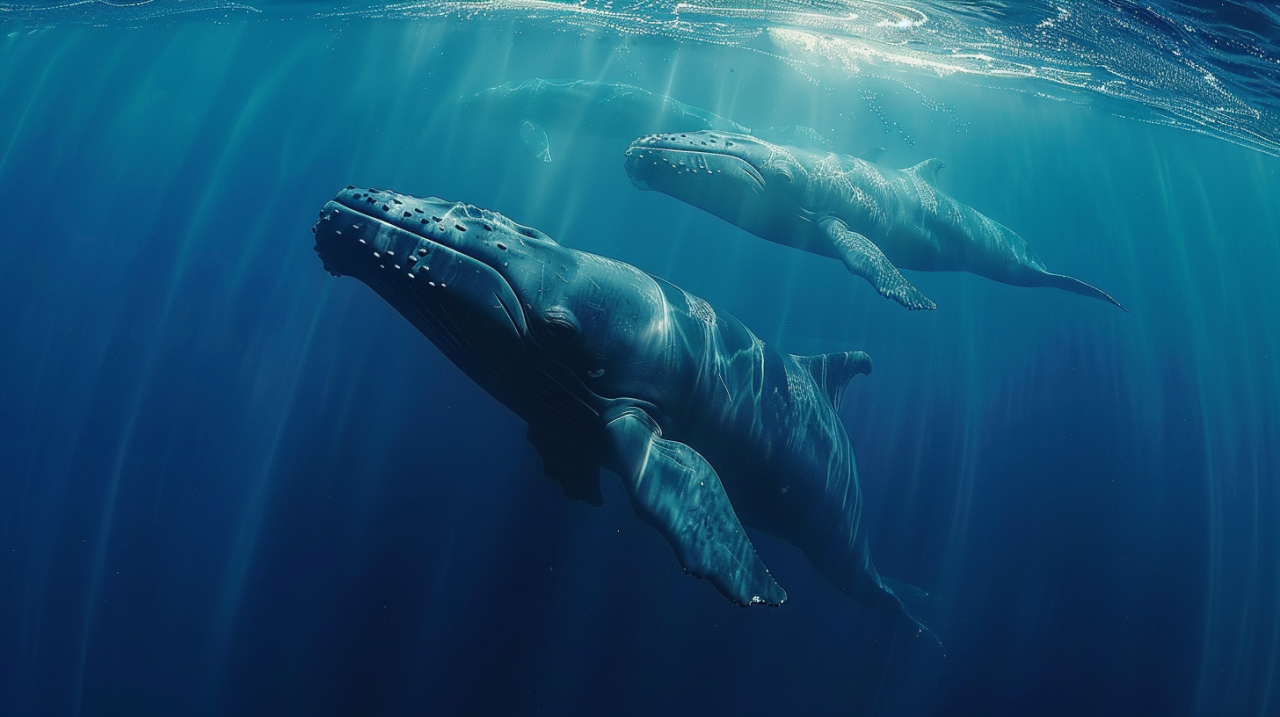mashupch.com – “Sector 7” (7광구), a 2011 South Korean science fiction action horror film directed by Kim Ji-hoon, delivers a high-octane monster movie experience set on an offshore oil rig. While not critically acclaimed for its plot, the film is notable for its impressive CGI and its focus on intense creature action.
A Remote Oil Rig: The Setting for Terror
The film takes place on an oil rig named “Eclipse,” located in Sector 7, a mining area south of Jeju Island. The rig crew, led by the tough and skilled Hae-joon (Ha Ji-won), is tasked with exploring a new energy source. However, their operations unleash a deadly, deep-sea creature, turning their workplace into a terrifying battleground.
The isolated setting of the oil rig creates a claustrophobic and suspenseful atmosphere. The vastness of the surrounding ocean contrasts sharply with the confined spaces of the rig, amplifying the sense of danger and vulnerability.
Unleashing a Monster: A Fight for Survival
The central conflict of “Sector 7” revolves around the crew’s desperate fight for survival against the monstrous creature. The creature, brought to life with impressive CGI for its time, is a fast, agile, and deadly predator.
The film’s primary focus is on the action sequences, which are intense and visually engaging. The crew utilizes various weapons and tactics to fight the creature, resulting in a series of thrilling and often chaotic encounters.
Hae-joon: A Strong Female Lead
Ha Ji-won delivers a strong performance as Hae-joon, the film’s protagonist. Hae-joon is a capable and resourceful character who takes charge in the face of danger. She is not a damsel in distress but a skilled fighter who is determined to protect her crew.
The film’s emphasis on a strong female lead is a notable aspect, distinguishing it from many other monster movies. Hae-joon’s resilience and determination drive the narrative and provide a compelling focus for the audience.
Visual Effects and Action: The Film’s Strengths
“Sector 7″‘s primary strengths lie in its visual effects and action sequences. The creature design is effective, and the CGI is generally well-executed, particularly considering the film’s release date. The action scenes are fast-paced and exciting, providing plenty of thrills and suspense.
The film excels at creating a sense of tension and danger, particularly in the scenes where the creature stalks the crew through the narrow corridors and confined spaces of the oil rig.
A Focus on Spectacle: Plot Takes a Backseat
While the action and visuals are impressive, “Sector 7″‘s plot is relatively straightforward and predictable. The characters are somewhat underdeveloped, and the story primarily serves as a vehicle for the creature action.
The film’s focus on spectacle over narrative depth is its main weakness. Viewers looking for a complex or thought-provoking story may be disappointed.
A Thrilling Monster Movie Experience
“Sector 7” is ultimately a thrilling monster movie experience that delivers plenty of action and suspense. While its plot may be simple, its impressive visual effects and focus on creature action make it an entertaining watch for fans of the genre. It’s a film best enjoyed for its visceral thrills and Ha Ji-won’s strong performance as the lead. It’s a decent example of a Korean monster movie, focusing on visual spectacle and creating a tense atmosphere within its isolated setting.


